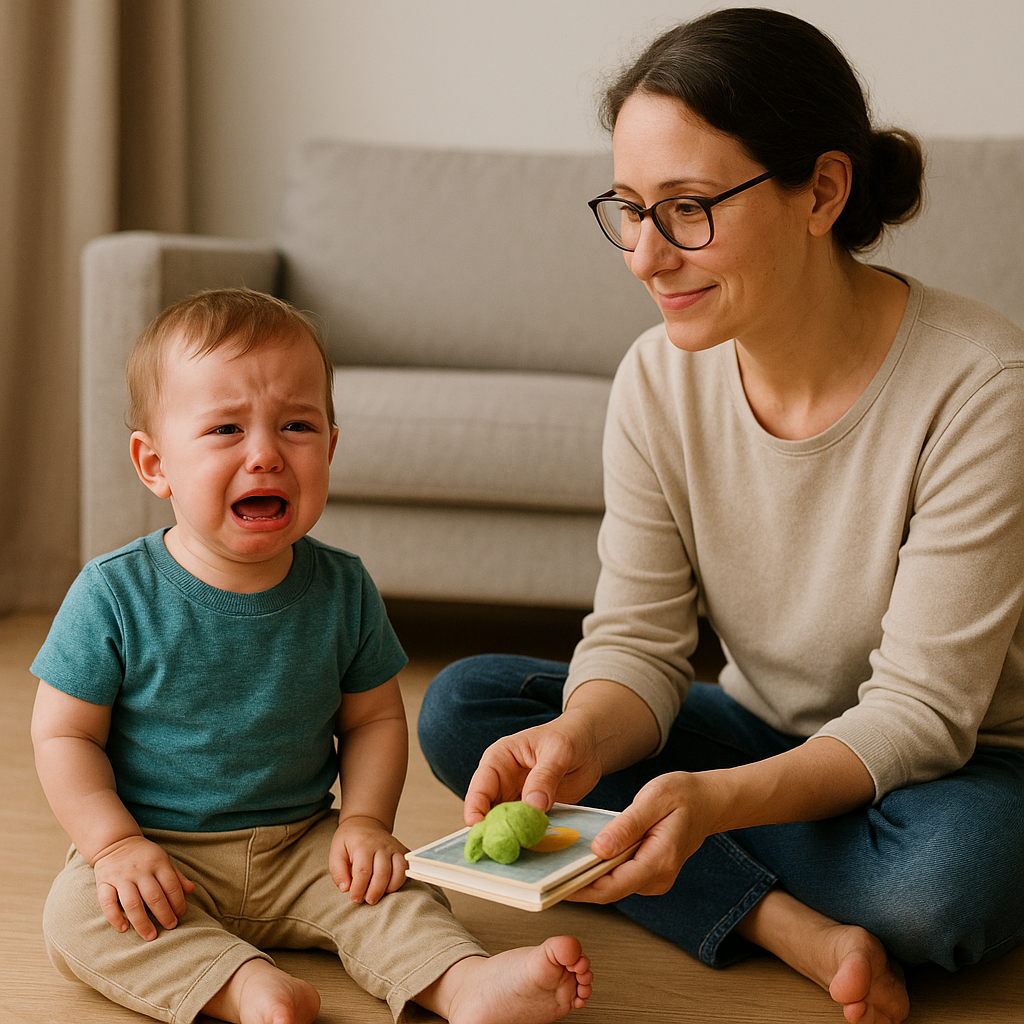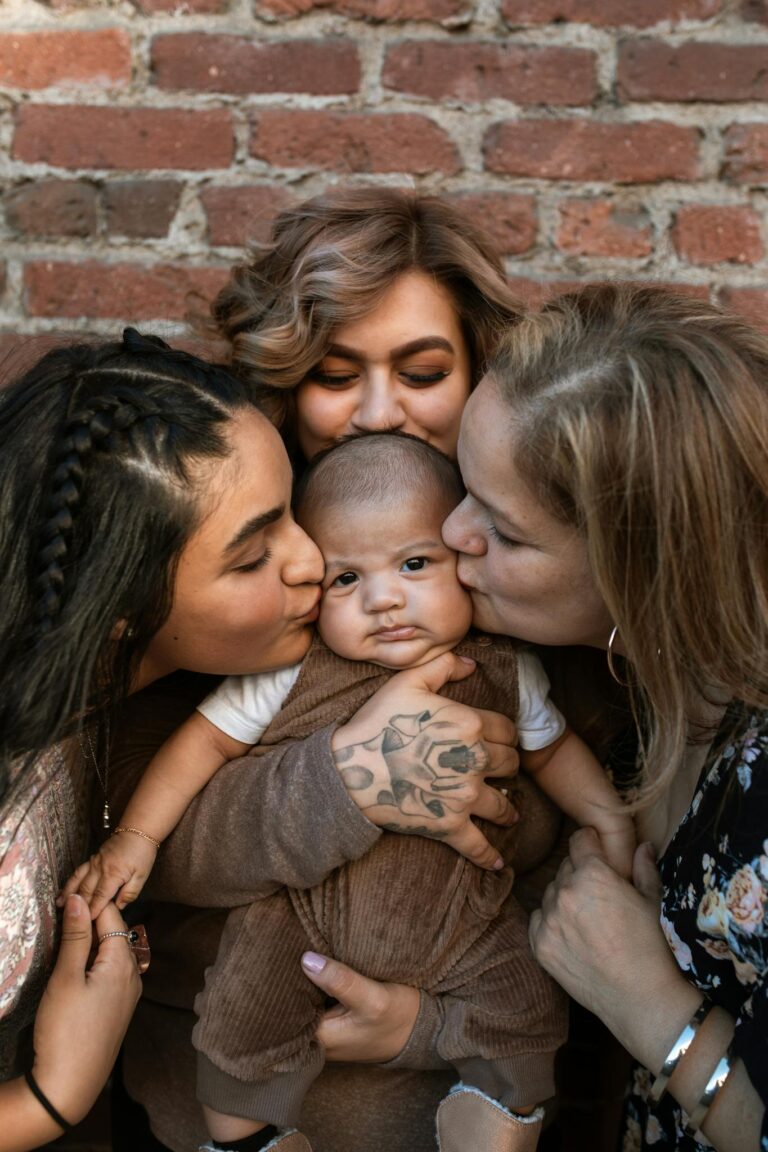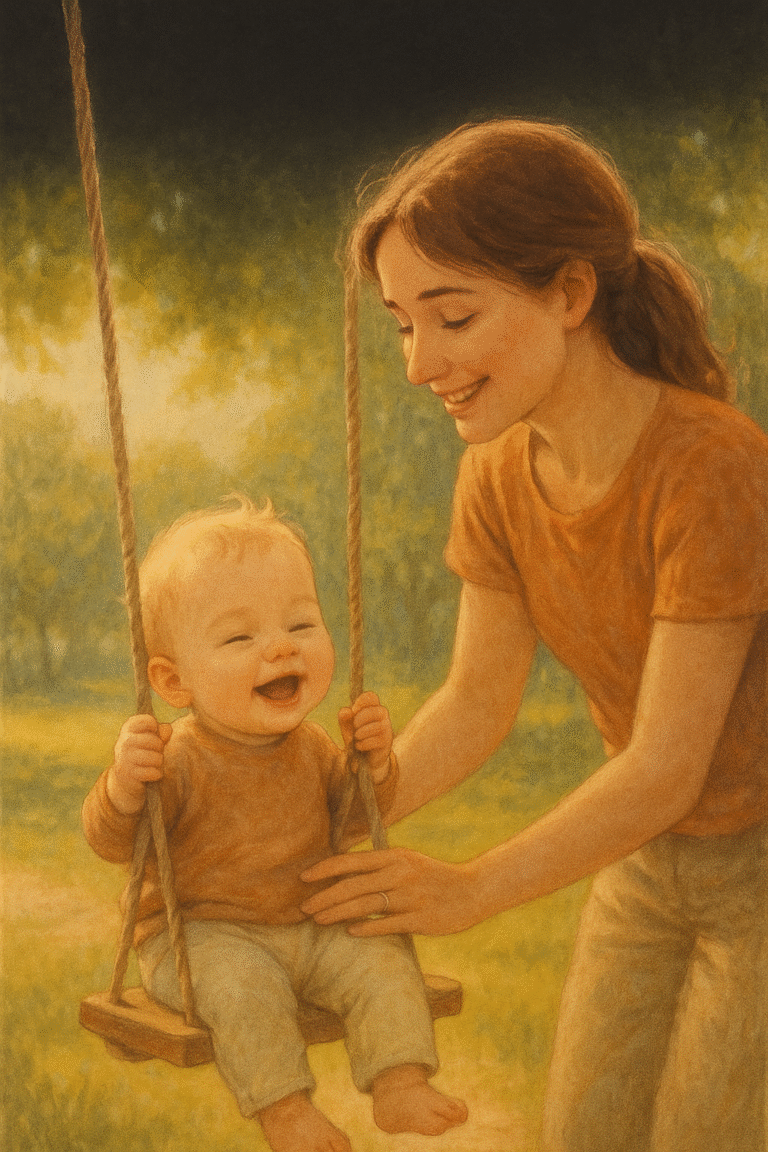How to Handle Toddler Tantrums at Age One: Calm Strategies That Really Work
A few days ago, my son turned one year old, and many changes have started to appear in his behavior. He now throws tantrums cries hysterically when I take something from him, refuses food he used to like, and throws himself on the floor screaming when I refuse to carry him or when I stop him from touching my laptop.
As a first-time mom, I was shocked by these behaviors. I still remember the first time he threw himself on the floor crying — I just stood there, stunned. I had read about tantrums, but I thought they happened around the age of two. I assumed that by then, he would have started to understand and maybe say a few words to express his feelings, which would make it easier to deal with the tantrums — or so I thought.
But at one year old? What should I do? How can I understand him — and how can he understand me?

After doing some research online, I found that yes, tantrums can start as early as one year old.At this stage, a child wants to do things on their own and begins to express their desires and emotions —but they don’t yet know how.
When we don’t understand them, they feel frustrated, and they also don’t know how to cope with that feeling.
This is when tantrums begin.
What helped me get through this stage ?
1- Being patient during tantrums
And reminding myself that this isn’t bad behavior, but a way to express emotions, helped me a lot.
The feeling of not being understood is painful — even for adults. So imagine how hard it must be for a little child.
2- Early intervention, if possible
When you notice your child starting to get upset or cry — for example, after you’ve taken their toy — try to gently distract them with another toy, or suggest playing together.
Let them choose either a different toy or reading a book together.
3-Avoid punishment or yelling during a tantrum
Because at that moment, your child can’t really hear you or understand what you’re saying.
4-Talk to your child after they’ve calmed down
You can say something like: “You were sad because I didn’t let you touch the outlet, but it’s dangerous for you. I love you and I don’t want you to get hurt.”
This way, you help your child feel understood, while also setting clear and safe boundaries.

5-Hug your child after tantrums, then do another activity together
The hug gives them a sense of safety, and the shared activity helps shift their emotions from frustration to a positive moment of connection and love.
Dealing with tantrums in early childhood isn’t easy — especially for new parents.
But with patience, empathy, and a bit of understanding, those moments of frustration can be transformed into meaningful moments of connection.
What starts as frustration can become a chance to show your child they are seen, heard, and loved.
SEE ALSO : Say No or Yes? A Mom’s Daily Struggle with Setting Limits






2 Comments